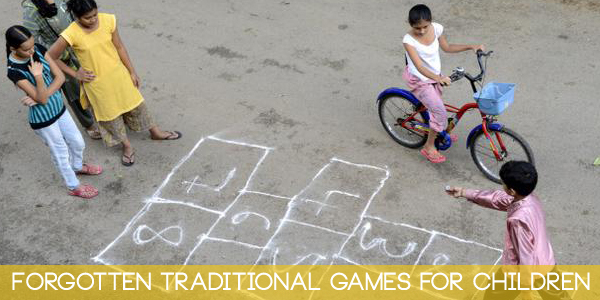 As traditional way of life slowly cedes ground to technological modernity, many indigenous cultures around the world have had to bear the brunt of collateral damage inflicted by the onslaught of an ever-advancing technology and its influence on traditional way of life.
As traditional way of life slowly cedes ground to technological modernity, many indigenous cultures around the world have had to bear the brunt of collateral damage inflicted by the onslaught of an ever-advancing technology and its influence on traditional way of life.
Our country has proved to be an exception, so far, to the all-pervasive influence of modern technology and its effect on native culture. However, we have not been totally immune to its homogenizing effect on traditional games and indigenous languages.
Traditional games have always been an integral part of our cultural milieu. India is home to a vast array of indoor and outdoor games, often played using nothing more than common household items, stones and even tree branches.
Some of them have been forgotten, some are still being played by small rural communities, and some like the Kabbadi are being revived in a big way.
Let us have a look at some of the traditional games which most of us have played in our childhood.
Hide ‘n’ seek: This is a universal favourite where one player is delegated to seek out the rest of the guys who have to go into hiding within a limited time span.
Benefits: Teaches kids the value of patience.
Kho-kho: Played by two teams with alternate members of one team kneeling and facing opposite directions. The team that tags all the opponents in the shortest time are the winners.
Benefits: Promotes quick response time and teamwork.
Kancha or goli: There are a number of variations to the core game, but the main aim is to hit your opponent’s marble(goli) which allows you to own it!
Benefits: Teaches kids to deal with bullies and to be street smart.
Lagori: One team tries to unsettle a stack of 7 flat stones with a tennis ball. The aim is to rebuild the stack while the opposing team tries to prevent you from doing so by trying to hit one of your team members with the ball.
Benefits: Improves reflexes and promotes teamwork.
Kith kith/ Kunte Bille: This hopping game is mainly played by girls, and involves negotiating a grid drawn in the form of a 1×3, 2×1, and 1×1 squares. Each player has to precision throw a flat stone into one of the squares in a particular order. Completing the routine in the quickest time wins you the game.
Benefits: This is a strategy game and capturing certain squares in the grid can make your opponent’s life difficult.
Ali Guli Mane: All you need is the ‘mane’ or the wooden board with 14 pits carved into it (seven on each side). They are filled with cowry shells or any other seed. The aim is to capture all the shells or seeds using a prescribed set of rules.
Benefits: This strategy game promotes the ability to do quick mental math.
Kabaddi: Finally, the most popular of traditional games and which has made a huge comeback in recent times, thanks to the Kabaddi Premier League promoted by celebrities and industry captains.
Benefits: The game promotes physical strength, agility and breath control.
There are countless other traditional games that require no expensive toys, consume no electric or battery power but guarantee non-stop fun to children.
Do encourage your children to try them out this summer holidays!